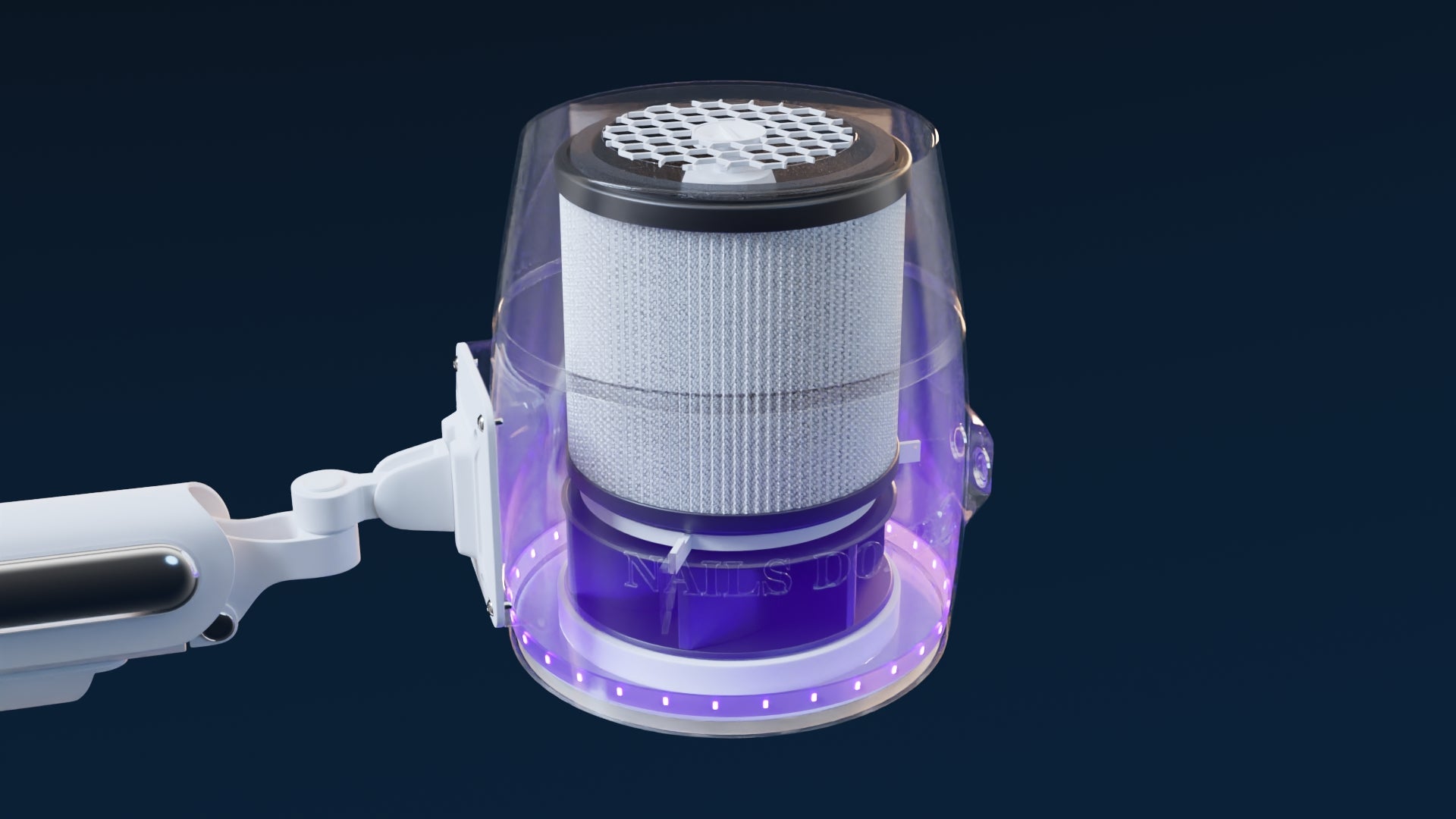The Science Behind HEPA Filters: Maximizing Efficiency and Airflow
Mechanical air filters, including HEPA filters, have two main characteristics: filtration level and air flow resistance. Filtration is quite straightforward – the smaller the pore size in the filter material, the finer the particles it can trap. Airflow is a bit more complex. Manufacturers often overlook this parameter, but we aim to provide you with the basics. So, we've established that smaller openings trap smaller particles. Modern HEPA filters use very fine glass fibers tightly interwoven together. Due to the density of fibers and the number of layers, it takes a lot of effort and significant pressure to push air through such tiny openings. The solution is clear. We need to increase the number of these openings. Imagine that a Boeing turbine is trying to blow air through a microscopic gap. Most likely the motor will simply overheat and break. And we can say for sure that you will not get a large air flow. This principle works everywhere. A filter that creates very high resistance overloads the motor and reduces air flow. How to reduce air resistance without compromising the quality of filtration? It's quite simple. We just need to increase the number of holes in the filter. This is achieved by maximizing the dense placement of the openings and the total filter area. Thus, the filtering material's area is crucial. The most efficient way to arrange material is in pleats. In our filter, the pleats are so frequent and deep that they increase the surface area by 11.2 times (compared to the area of a filter of the same size without pleats), making the total filtering area 1371 square inches. Our customers often wonder where all the dust in the dust collector goes. It stays inside the pleats. If you cut open a used filter, you'll find all the dust there. Such a high-quality layout allows for much longer operation without the need to clean or change the filter.
Regarding the filter material. We've understood that pleated material is far more effective than simple cylindrical cloth. You should be cautious with such filters. They are often used in cheap dust collectors, vacuum cleaners, etc. We call these 'sock-type' filters because this term best describes their filtration ability. At best, these filters capture large dust particles, which honestly constitute the bulk of dust. So, it might seem like these filters work effectively because you can see a lot of dust inside them. Despite this, they are unable to trap fine dust, which is significantly more detrimental to health when inhaled. However, not all pleated filters are HEPA filters. Unfortunately, many manufacturers cheat and use phrases like “HEPA-like filter,” “HEPA-level filter,” “HEPA material filter,” and many others in their titles. But if you don't see an honest label indicating the filter standard, it means the filter is not a true HEPA filter.
Why do you need a HEPA filter? In many cases, a HEPA filter is not necessary. When it comes to manufacturing, mechanisms, engines – often, HEPA-level filtration is simply excessive. HEPA filters are truly needed in medical facilities and laboratories. Do you need HEPA-level cleaning? The correct answer is, it depends on the situation. Dust is always around us, and it’s impossible to eliminate it completely. However, it all depends on the concentration level and nature of the dust. In nail salons, we face an intense flow of dust from the nail drill. There's a lot of it, and it's not the kind of dust you find by opening a window to let in fresh air from outside. In salon dust, you may find bacteria, viruses, fungi, etc.An important addition to our layer is the pre-filter and carbon layer. The pre-filter is not for you; it's for the HEPA filter to extend its life. It traps large particles which then simply fall to the bottom of the dust collector. This further prolongs the intervals between cleaning or replacing filters. The carbon layer plays a very important role. It can absorb what the HEPA filter didn't clean. Namely gases, chemical vapors, VOCs, and unpleasant odors.
